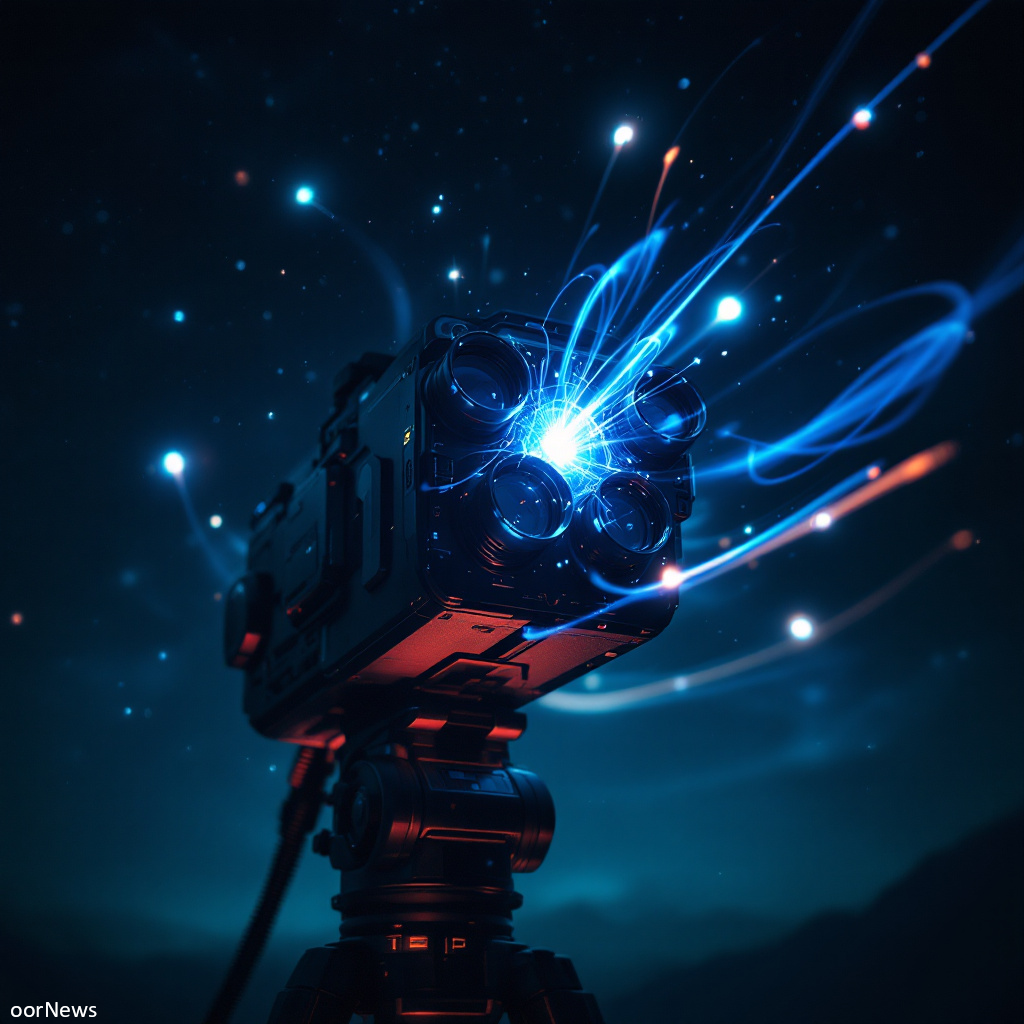Your cart is currently empty!

Scientific Een Probe e Unseen Skies

A fresh wind o research is sweepin throu the warld o Anomalous Phenomena as new scientific studies on Unidentified Anomalous Phenomena (UAP) command e attention o governments, researchers, an a captivated public. Eence relegated tae the realm o myth an fringe speculation, sichtins o unco objects—fither soarin heich abeen wir skies, lurkin unnerwatter, or apparently transitionin atween realms—are noo subject tae detailed scientific inquiry.
Recent peer-reviewed studies hae added remairkable depth tae a field aat his lang evadit conventional explanation. For example, e publication “Unidentified Aerial Phenomena. Characterisation o Dark UAPs” details meticulously coordinated observations eesin multispectral an synchronised heich-resolution cameras. Researchers gaithered data fae diverse environments—rangin fae Kyiv’s urban skies tae observations near e Muin an even in an active combat zone in Ukraine. Their findins include the detection o vast objects, three tae sax kilometre wide, muivin at speeds at times exceedin Mach 2.5, wi ae instance estimated at near 78 kilometer per second. Notably, ese aforesaid “dark UAPs” exhibit an unusually laa albedo, absorbin near aa incident licht an thereby presentin properties e aat are difficult tae reconcile wi kent aircraft or naitural phenomena.
Anither major contribution tae the scientific literature comes fae the review paper “E New Science o Unidentified Aerospace-Unnersea Phenomena (UAP).” Iss extensive analysis spans documented government studies fae 1933 tae the present, coverin investigations in Scandinavia, e US, Canada, France, Russia, an China, as weel as lesser-kent private initiatives. By compilin decades o classified an declassified research, e authors argue aat UAP hae lang bin a subject o global scientific an governmental investigation—a reality aat is ainly noo beginnin tae brak intae mainstream scientific discourse.
In tandem wi thae studies, dedicated projects sic as e Galileo Project are emergin as beacons for rigorous research. E project, kent as “E Scientific Investigation o Unidentified Aerial Phenomena (UAP) Employin Multimodal Grund-Based Observatories,” aims tae conduct a comprehensive, multispectral census o aerial anomalies. By employin an array o wide-field an nairae-field cameras, alangside advanced data fusion techniques, e Galileo Project is designed tae accurately characterise iss mysterious objects’ kinematics an thermal signatures, thus pavin e wey fae anecdote tae scientifically verified phenomenon.
Government bodies, tee, are stappin oot fae the shaddaes. NASA’s recent commission o an independent study tae examine UAP merks a turnin pynt, emphasisin e need for heich-quality, curated data aat adhere tae FAIR (Findable, Accessible, Interoperable, Reusable) principles. Meanfyle, e National Archives an Records Administration (NARA) has teen preliminary steps by settin up an “Unidentified Anomalous Phenomena Records Collection,” promotin mair transparency an e sharin o fit data exist.
Pressure is moontin fae policy experts. E SOL Foondation, for example, is vocally urgin e UK government—an its international coonterpairts—tae accelerate transparency an accoontability measures. Their fite papers caa for governmental briefins, comprehensive risk assessments, an international summits designed tae coordinate UAP research efforts. Proposals sic as e UAP Disclosure Act an e Congressional UAP Governance Act in e United States hae aaready generated significant debate, an similar caas hae begun tae echo ower e waater in e UK, far pressure is biggin for a mair proactive response tae thae unexplained aerial phenomena.
Some researchers propose aat nae ilka UAP sichtin pynts tae advanced, foreign, or extraterrestrial technology. Alternative scientific hypotheses, sic as e plasmoid theory, suggest aat mony o these events cuid be naitural atmospheric phenomena. Plasmoids—self-illuminatin, pulsatin plasma-like entities formed durin thunnerstorms or lichtnin storms—offer ae plausible explanation. Altho promisin for certain cases, these naituralistic accoonts micht nae fully explain e extensive range o observations recorded by the latest studies.
Even wi thae significant advancements, challenges remain. E quality o data is still hindered by peer sensor calibrations, incomplete metadata, an e lingerin stigma aat his lang discouraged appen scientific dialogue. Yet e momentum is unco. Wi governmental agencies, leadin research projects, an a global netwark o collaborators aabody jynin thegither, e study o UAP is transitionin fae an ootlier curiosity tae a rigorous scientific field.
E march o thae carefu studies promises tae reshape oor unnerstaundin o eerie lichts owerheid—an perhaps oor unnerstaundin o fit lies ayont. As scientists, governments, an policy groups like the SOL Foundation push for deeper inquiry an mair transparency, we micht seen unlock nae jist isolated mysteries in wir skies, but entirely new truths aboot wir warld an its place in e vast cosmos.
Leave a Reply